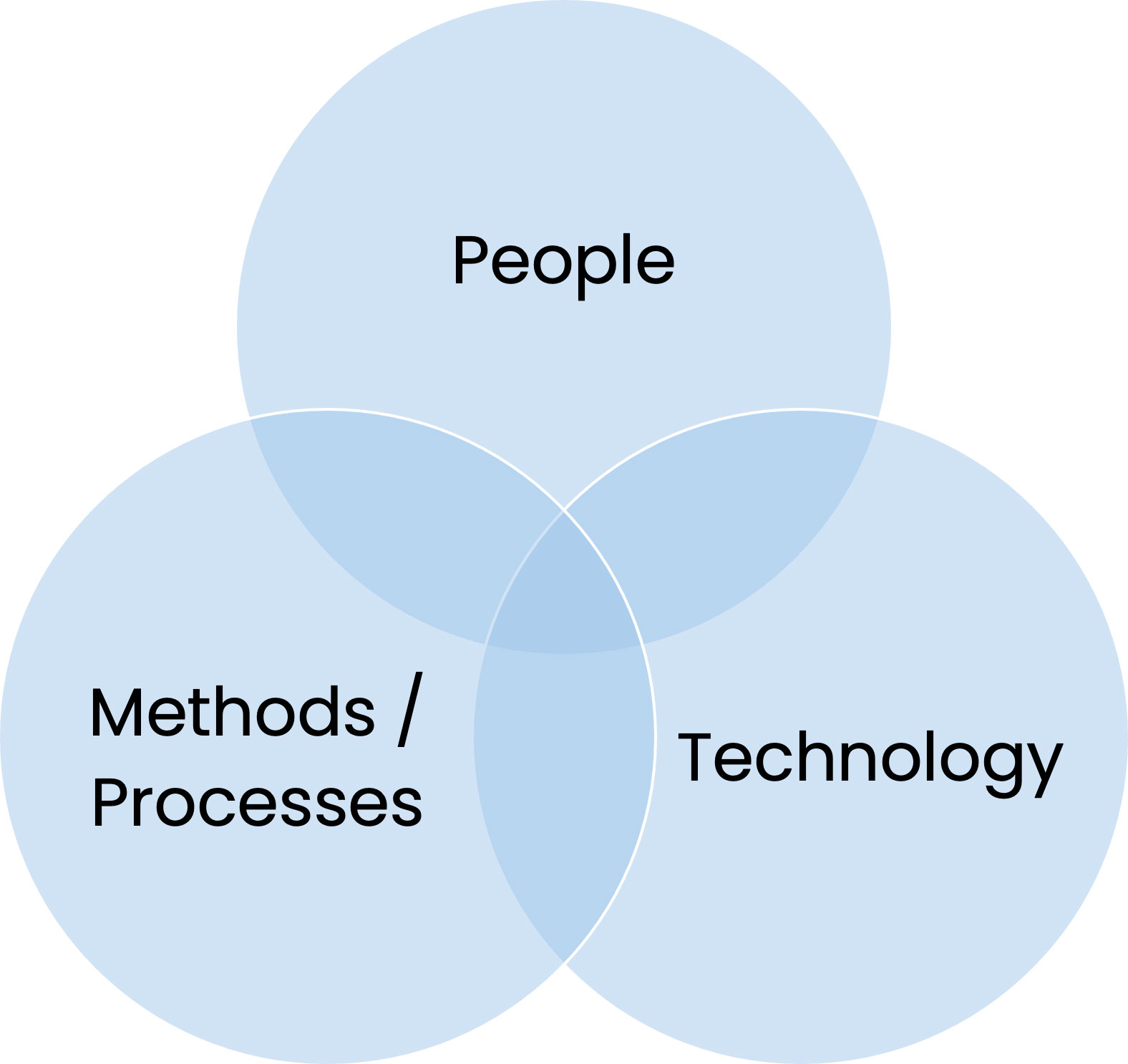I’ve received a lot of questions regarding why I made a seemingly radical career change at the age of 50. It was due to an epiphany as I searched for an answer to “why organizations struggle with strategy execution.”
March 2016 – that’s when I hit the wall. I’d spent over a decade providing strategic consulting to some of the most prestigious organizations in the world. I was wrapping up an engagement with a client for whom failure to execute would potentially result in high-profile disaster, even death. And this client was struggling with strategy execution.
I’d other clients struggle with strategy execution, but now “Why Do Organizations Fail at Strategy Execution?” became an obsession for me. No one, not even the most notable “thought leaders,” could answer with substance. I found truisms regarding why organizations fail such as “culture eats strategy for breakfast” and studies that pointed to various root causes such as “55% of managers can’t name even one of their company’s top five objectives.” In other words, most were pointing to root causes within the human domain (culture and communication). But none offered up a clear answer to what could be done to ensure strategy execution.
I went on a quest to find a real answer. I am an Industrial Engineer, so I tend to look at problems through the lenses of human factors, methods/processes, and technology. And I knew that even if the root cause of strategy execution failure was “human factors,” the solution to the problem would likely reside somewhere in the interplay between people, methods/processes, and technology.

Could the problem be solved by doing more to equip and enable people? I didn’t see how I could reasonably do more with my clients – our methodology included a tremendous amount of change management (inclusion, collaboration, training, integration with individual performance plans, and continuous two-way communication), thoughtful consideration of the corporate culture (and changes needed), as well as careful attention to leadership capabilities. There typically wasn’t a lack of ability, understanding, or motivation at my clients.
Could we do more to shore up the “methods and processes” that enable strategy execution? Not only did we help our clients formulate a strategy using a proven framework, we also helped them to create processes to ensure focus and accountability, to implement a cadence of reporting and to conduct strategy-focused meetings. We taught them the methods to plan and execute initiatives. We showed them which of their own internal processes were key to strategy execution and how to improve them.
That left one stone unturned: “technology”
Confession: My clients typically used strategy management software but I’d never paid careful attention to the differences in the products beyond “contains functional components found in a best practice strategic management system”, “provides ease and speed of implementation”, and “meets fundamental requirements”. Several products on the market met these general requirements and I wrongly assumed that the choice of product was irrelevant. I was “software agnostic” and independent of any vendor. But as I delved into various software products and how they are used, I realized that most strategy execution software systems are simply data repositories to enable periodic check-ins to report on progress. And they only capture one dimension of performance (strategy dimension) versus integrating strategy across all operational functions (e.g., silos) whether it be departmental operations or functional domains such as risk management, compliance, and project and portfolio management.
In other words, these systems reduced strategy execution to a “side of desk” periodic reporting activity rather than ensuring strategy became an integral part of the operational cadence of the business. No wonder my clients were struggling with strategy execution!
Learn more about Corporater Strategy Management software.

